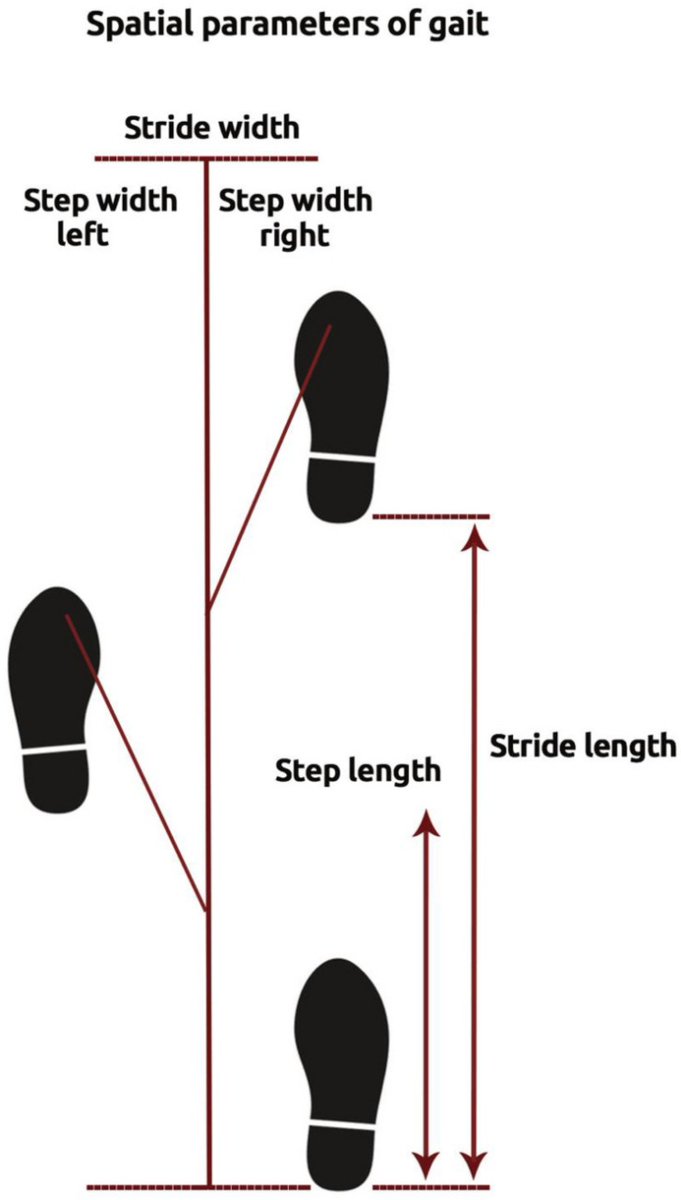
Lesser night #sleep and daytime #napping increases the risk of inflammatory bowel disease (#IBD)
1. 4,88,000 people aged 40-69 were followed up for 12 years. 1 in 200 (0.5%) were diagnosed to have IBD. 31% had Crohn's disease, 69% ulcerative colitis
#MedTwitter #Gastroenterology
1. 4,88,000 people aged 40-69 were followed up for 12 years. 1 in 200 (0.5%) were diagnosed to have IBD. 31% had Crohn's disease, 69% ulcerative colitis
#MedTwitter #Gastroenterology
2. Compared with participants with a sleep duration of 7 hours/day, those with a sleep duration of ≤5 hours/day had a higher risk of:
Inflammatory bowel disease: 36% higher
Crohn's disease: 53% higher
Ulcerative colitis: 29% higher
Inflammatory bowel disease: 36% higher
Crohn's disease: 53% higher
Ulcerative colitis: 29% higher
3. Compared with participants without daytime napping, those with daytime napping had a higher risk of:
Inflammatory bowel disease: 13% higher
Crohn's disease: 25% higher
Ulcerative colitis: 9% higher
Inflammatory bowel disease: 13% higher
Crohn's disease: 25% higher
Ulcerative colitis: 9% higher
4. Conclusions: This study reveals positive associations between short sleep duration and daytime napping and IBD risk.
Take home message: Sleeping >7 hours and avoiding daytime napping can reduce the IBD risk.
Ref: doi.org/10.1111/apt.17…
Take home message: Sleeping >7 hours and avoiding daytime napping can reduce the IBD risk.
Ref: doi.org/10.1111/apt.17…
• • •
Missing some Tweet in this thread? You can try to
force a refresh





